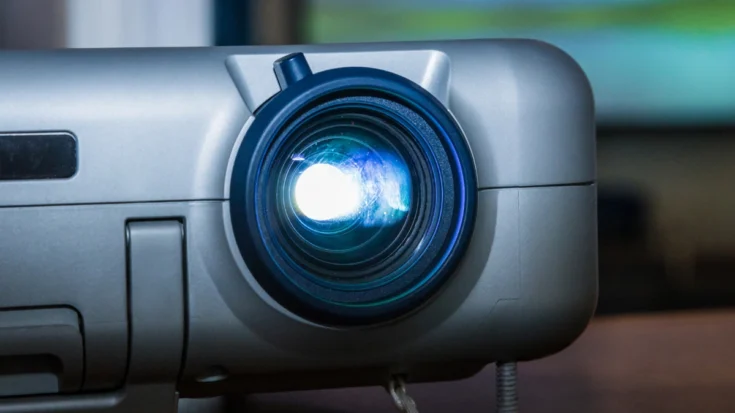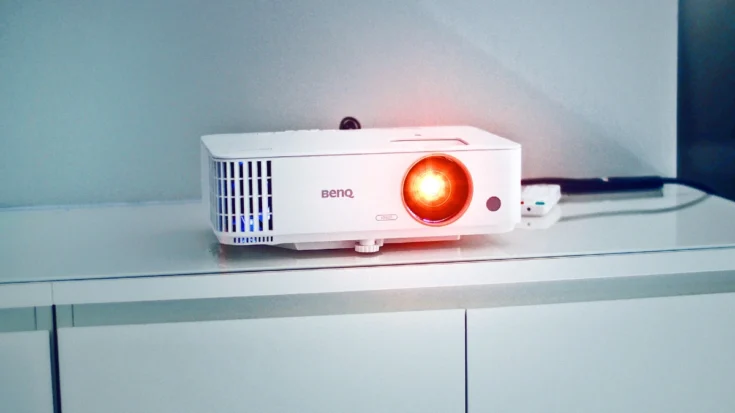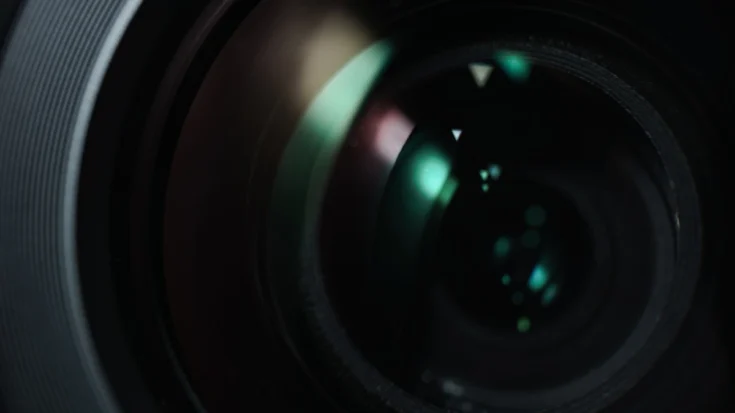The projector as a device that is quite needed to display images, videos, or presentations has some types. One of the projector types is the DLP projector, this type of technology can create more than 35 billion colors.
Are you familiar with DLP projectors and the special advantages of these multi-color devices?
This article will provide you with information about DLP projectors, from the definition, to how they work, to their exclusive benefits.
Also Read
Table of Contents
What is a DLP Projector?

DLP (Digital Light Processing) is a type of projector that utilizes micro-mirror device (MMD) technology to display images on a large screen. Inside a DLP projector, there is a chip consisting of thousands of micro-mirrors that work to reflect light onto the screen, resulting in sharper and clearer images.
Each chip has millions of mirrors that reflect light thousands of times per second. DLP projectors with one chip can produce more than 16 million colors, while three-chip models can create more than 35 trillion colors.
This allows DLP projectors to produce more natural images, making them projectors with high color quality, sharp resolution, and free from ghosting.
How DLP Projector Works

DLP technology work to produce sharp, clear, and consistent images. And here’s how DLP Projectors work:
- Light travels through the focus of a lens: Light emitted from a light source is directed through the focusing lens to ensure that it is properly focused and has the appropriate intensity for the next step in the image processing process.
- Light separates the colors: From the focus lens, the light travels to a rotating color wheel that separates the light into three basic colors: red, green, and blue, allowing the projector to produce images with complete and accurate colors.
- Light goes to the DMD chip: The light that has become the basic colors is then directed towards the DMD (Digital Micromirror Device) chip which has thousands of tiny micro-mirrors to reflect light separately based on the image data it receives.
- The DMD chip forms the image: The DMD chip reflects light onto the screen in a highly controlled manner by reflecting light according to the image signal it receives. This process produces sharp, clear, and consistent images on the screen.
The Advantages of DLP Projector

Of course, the DLP technology was created to facilitate entertainment activities with a variety of benefits that you can enjoy. Here are the advantages of a DLP projector:
1. Clear image
DLP technology are equipped with small, tightly arranged mirrors, producing images without distractions such as the screen door effect or pixel gaps often seen in LCD projectors. This ensures images appear smoother and full of detail.
2. Outstanding color accuracy
DLP technology offers a very high level of color accuracy. The projected colors are very close to the original colors of the image or video, providing a very satisfying visual experience, whether for graphic presentations, movies, or games.
3. Durability and longevity
DLP technology do not use filters have more durable mechanisms, and require less maintenance compared to LCD projectors. They are also more resistant to color deterioration over time.
4. Compact design and high energy efficiency
DLP technology are generally smaller and lighter compared to LCD projectors. Also, their low energy consumption makes them more electricity-efficient, making them a more efficient choice for long-term use.
That is the information about DLP projectors, from the definition, to how they work, to their exclusive benefits. Hopefully, this article can help you to know more about DLP projectors. So that in the future you can choose a projector with more careful consideration.


















